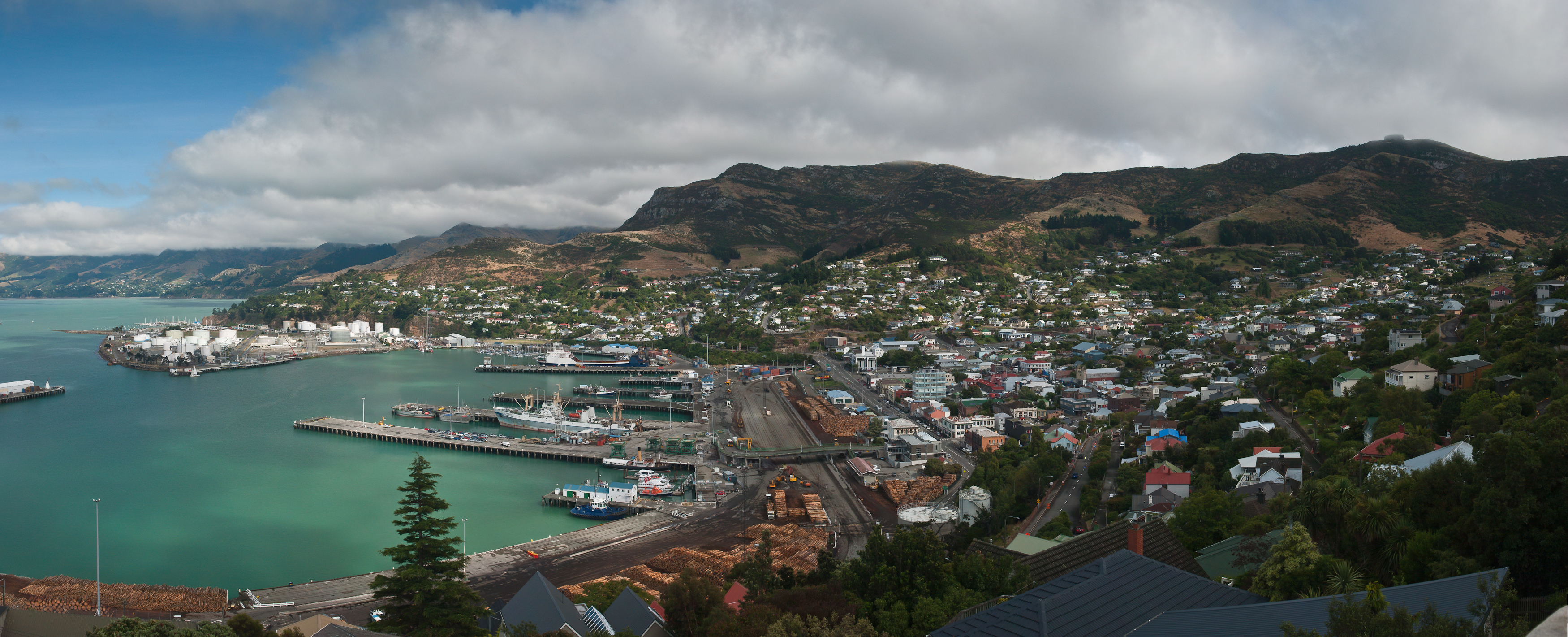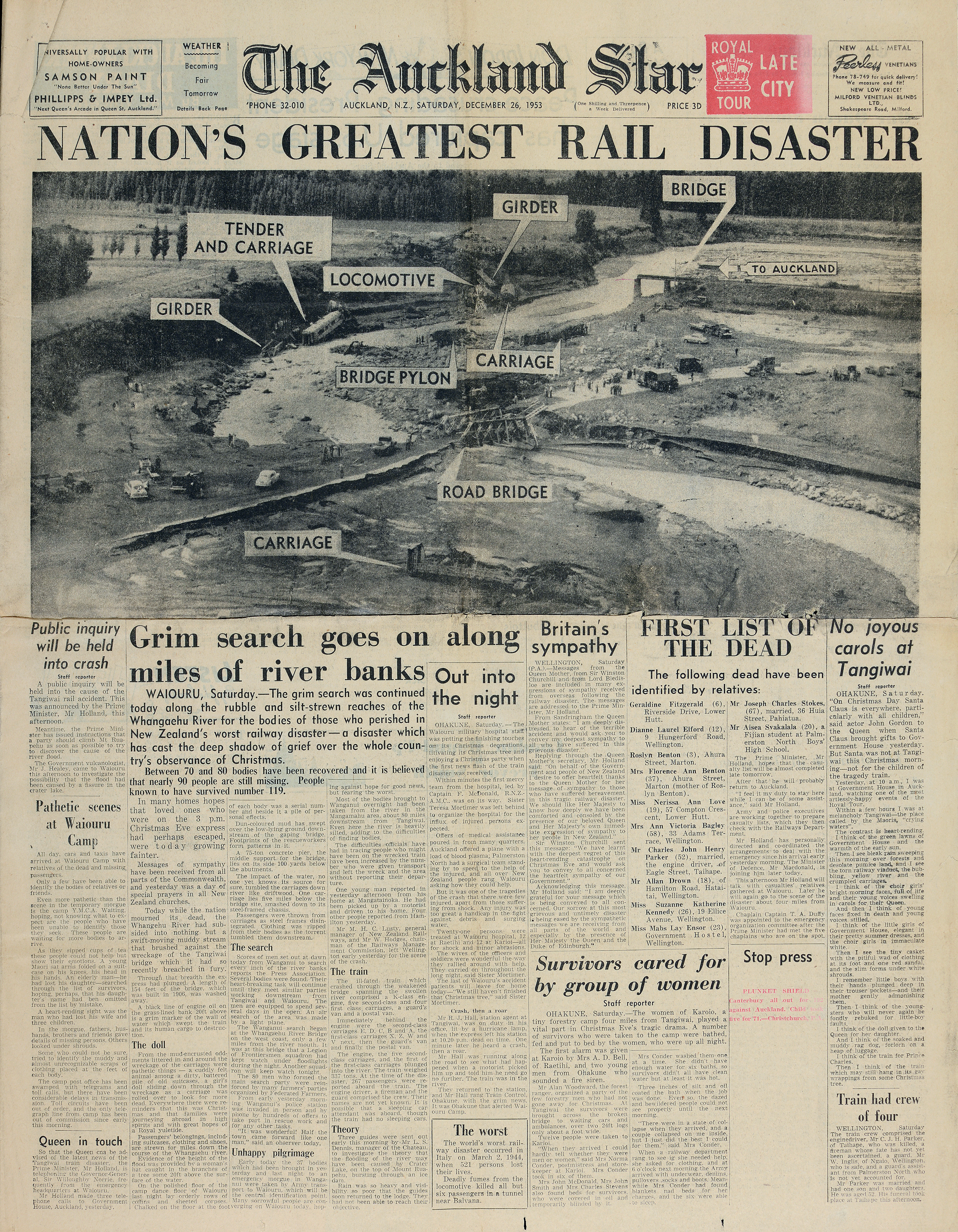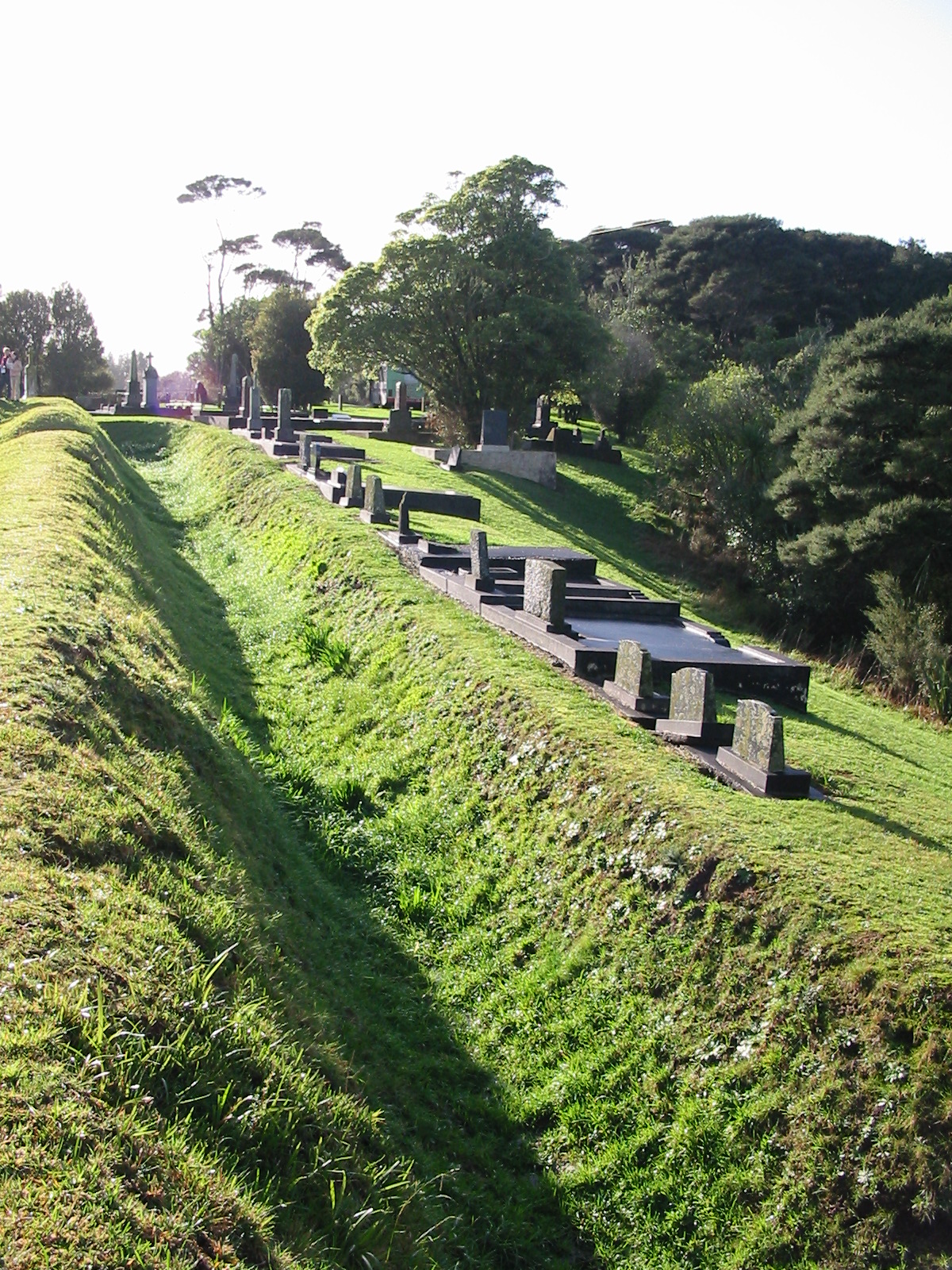|
Joe Bennett (rugby League)
Edward Joseph Bennett (14 October 1883 – 9 May 1965) was a New Zealand rugby league footballer. Bennett played in the second row position. He represented the New Zealand rugby league team in two test matches against England in 1920. In the process he became the 144th player to represent New Zealand. He also played for the Waiuku rugby club, and the Newton Rangers, and Grafton Athletic rugby league clubs. Bennett also represented the Auckland and North Island rugby league teams. Early life Edward Joseph (Joe) Bennett was born on 14 October 1883, in Waiuku. His parents were George (1840–1914) and Lydia Bennett (née Starke) (1843–1894). He had 7 brothers and 3 sisters: George (1866-1910), Charles James (b. 1867), Charles John (b. 1869), Fanny (1872-1932), Annie (b. 1874), Henry (b. 1876), Frederick (b. 1877), Benjamin (1878-1902), Arthur (b. 1881), and Ellen (b. 1882). Boer War Bennett enlisted in the Boer War on 5 January 1902, aged 18. He embarked on the Surrey with the Ne ... [...More Info...] [...Related Items...] OR: [Wikipedia] [Google] [Baidu] |
Lyttelton, New Zealand
Lyttelton (Māori: ''Ōhinehou'') is a port town on the north shore of Lyttelton Harbour / Whakaraupō, at the northwestern end of Banks Peninsula and close to Christchurch, on the eastern coast of the South Island of New Zealand. As a landing point for Christchurch-bound seafarers, Lyttelton has historically been regarded as the "Gateway to Canterbury" for colonial settlers. Until the 2020 coronavirus pandemic, the port has been a regular destination for cruise ships. It is the South Island's principal goods-transport terminal, handling 34% of exports and 61% of imports by value. In 2009 Lyttelton was awarded Category I Historic Area status by the Historic Places Trust (NZHPT) defined as "an area of special or outstanding historical or cultural heritage significance or value", not long before much of the historic fabric was destroyed in the 2011 Christchurch earthquake. Location Lyttelton is the largest settlement on Lyttelton Harbour / Whakaraupō, an inlet on the northwe ... [...More Info...] [...Related Items...] OR: [Wikipedia] [Google] [Baidu] |
Alexandra Park, Auckland
Alexandra Park is a racecourse in the suburb of Epsom in Auckland, New Zealand. It is the home of the Auckland Trotting Club . The park consists of the Alexandra Park Raceway trotting track, conference centre and a high-end urban village currently under construction. Alexandra Park hosts many feature harness races throughout the year, including the Auckland Trotting Cup and the Rowe Cup, and is the home of the New Zealand Trotting Hall of Fame and museum. History Named after Queen Alexandra this is believed to be the site of Auckland's first organised racing in 1842. Part of William Potter's large farm it was known as Potter's Paddock. Bought for their draught horses by the tramways company in 1887 it was, by agreement, still used for football, Rugby and cricket matches. Regular Auckland Trotting Club meetings began in 1890. Ten years later on the visit of her eldest son, the duke of Cornwall, it received the name Alexandra Park and the parkland around it was named Cornwall P ... [...More Info...] [...Related Items...] OR: [Wikipedia] [Google] [Baidu] |
Otaua, Waikato
Otaua is a rural settlement in the Waikato District and Waikato region of New Zealand's North Island. It is located south of Waiuku and west of Aka Aka, on the northern side of the Waikato River. The Otaua area includes the Waikato North Head on the northern side of the Waikato River mouth, opposite Port Waikato to the south. The Waikato North Head ironsand mine, just south of the settlement, produces up to 1.2 million tonnes of ironsand a year, for use in the New Zealand Steel mill at Glenbrook. The deposit is estimated to contain more than 150 million tonnes in total. The ironsand is processed on-site with a series of separation processes with river water, before the slurry is pumped to the Glenbrook mill through an 18-kilometre underground pipe. The name ''Otaua'' is a contraction of ''Te Takanga-o-Tauaiwi'', a reference to the falling of Tauaiwi, a descendant of Hotonui of the Tainui waka. Tauiwi was killed at Otaua by Tāmaki Māori and his body fell into a disused pit. Hi ... [...More Info...] [...Related Items...] OR: [Wikipedia] [Google] [Baidu] |
Ōtāhuhu
Ōtāhuhu is a suburb of Auckland, New Zealand – to the southeast of the CBD, on a narrow isthmus between an arm of the Manukau Harbour to the west and the Tamaki River estuary to the east. The isthmus is the narrowest connection between the North Auckland Peninsula and the rest of the North Island, being only some wide at its narrowest point, between the Otahuhu Creek and the Mangere Inlet. As the southernmost suburb of the former Auckland City, it is considered part of South Auckland. The suburb's name is taken from the Māori-language name of the volcanic cone known as Ōtāhuhu / Mount Richmond. The name refers to "the place of Tāhuhu" — the eponymous ancestor, Tāhuhu-nui-a-Rangi, of Ngāi Tāhuhu. Demographics Ōtāhuhu, comprising the statistical areas of Ōtāhuhu Industrial, Ōtāhuhu Central, Ōtāhuhu North, Ōtāhuhu East, Ōtāhuhu South West and Ōtāhuhu South, had a population of 15,165 at the 2018 New Zealand census, an increase of 1,599 people (11.8 ... [...More Info...] [...Related Items...] OR: [Wikipedia] [Google] [Baidu] |
Auckland Rugby Union
The Auckland Rugby Union is a New Zealand provincial rugby union. The union was established in 1883 and was originally responsible for the administration of the sport in most of the former Auckland Province, although its boundaries have since shrunk to include only a portion of the Auckland urban area. The union governs the Auckland representative team, which has won New Zealand's first-tier domestic provincial competition 17 times, more than any other team. Their most recent title was the 2018 Mitre 10 Cup Premiership. The union administers all club rugby within its boundaries, including the Gallaher Shield and other senior club rugby, as well as school rugby. Auckland also acts as a primary feeder to the Blues, who play in the Super Rugby competition. History The Auckland Rugby Football Union (ARFU) was officially formed in 1883, when it joined the Canterbury, Wellington and Otago unions in the fledgling New Zealand Rugby Football Union. Auckland has been the most succes ... [...More Info...] [...Related Items...] OR: [Wikipedia] [Google] [Baidu] |
Franklin District
Franklin District was a New Zealand territorial authority that lay between the Auckland metropolitan area and the Waikato Plains. As a formal territory it was abolished on 31 October 2010 and divided between Auckland Council in the Auckland Region (39.82 percent by land area) to the north and Waikato and Hauraki districts in the Waikato region (60.18 percent) to the south and east. The Auckland portion is now part of the Franklin ward, which also includes rural parts of the former Manukau City. Before its abolition, it was administered from the town of Pukekohe. Out-going Franklin District Mayor Mark Ball had proposed that Franklin district become an independent unitary authority, fulfilling both the functions of a local and regional council. However, this was rejected by Minister Rodney Hide. Location and extent The district was bounded in the north by the start of the Auckland metropolitan area and the waters of the Manukau Harbour. Awhitu Peninsula stretches up the Tasman c ... [...More Info...] [...Related Items...] OR: [Wikipedia] [Google] [Baidu] |
Drury, New Zealand
Drury is a rural town near Auckland, in northern New Zealand. Located 36 kilometres to the south of Auckland CBD, under authority of the Auckland Council. Drury lies at the southern border of the Auckland metropolitan area, 12 kilometres to the northeast of Pukekohe, close to the Papakura Channel, an arm of the Manukau Harbour. Name Drury is named after Commander Byron Drury, captain of HMS Pandora, who surveyed the Manukau Harbour in 1853. History Coal mining was a significant early industry established in Drury during the 1850s, and saw the formation of the Waihoihoi Mining and Coal Company in 1859. Continued success with coal mining led to the opening of one of New Zealand's earliest tramways by the company in 1862, consisting of 4ft 8in gauge track with a length of 5.2km, whereby coal was transported to Slippery Creek for shipment to Onehunga. Another early industry seen in Drury was that of an extensive brick and pottery works, linked to a nearby quarry by a tram line at ... [...More Info...] [...Related Items...] OR: [Wikipedia] [Google] [Baidu] |
Onehunga
Onehunga is a suburb of Auckland in New Zealand and the location of the Port of Onehunga, the city's small port on the Manukau Harbour. It is south of the Auckland CBD, city centre, close to the volcano, volcanic cone of Maungakiekie / One Tree Hill. Onehunga is a residential and light-industrial suburb. There are almost 1,000 commercial and industrial businesses in the area. Onehunga stretches south from Royal Oak, New Zealand, Royal Oak to the northern shore of the Manukau Harbour. To the east are the areas of Oranga and Te Papapa; to the west, Hillsborough, Auckland, Hillsborough. On the southern shore of the Manukau Harbour, and linked to Onehunga by Māngere Bridge (bridges), two bridges, is the suburb of Māngere Bridge (suburb), Māngere Bridge. Geography Onehunga lies on the Auckland isthmus, on the northern shore of Mangere Inlet, an arm of the Manukau Harbour, and just south of the volcanic cone of Maungakiekie / One Tree Hill. The Port of Onehunga, on Manukau Harbo ... [...More Info...] [...Related Items...] OR: [Wikipedia] [Google] [Baidu] |
New Zealand Herald
''The New Zealand Herald'' is a daily newspaper published in Auckland, New Zealand, owned by New Zealand Media and Entertainment, and considered a newspaper of record for New Zealand. It has the largest newspaper circulation of all newspapers in New Zealand, peaking at over 200,000 copies in 2006, although circulation of the daily ''Herald'' had declined to 100,073 copies on average by September 2019. Its main circulation area is the Auckland region. It is also delivered to much of the upper North Island including Northland, Waikato and King Country. History ''The New Zealand Herald'' was founded by William Chisholm Wilson, and first published on 13 November 1863. Wilson had been a partner with John Williamson in the ''New Zealander'', but left to start a rival daily newspaper as he saw a business opportunity with Auckland's rapidly growing population. He had also split with Williamson because Wilson supported the war against the Māori (which the ''Herald'' termed "the ... [...More Info...] [...Related Items...] OR: [Wikipedia] [Google] [Baidu] |
Auckland Star
The ''Auckland Star'' was an evening daily newspaper published in Auckland, New Zealand, from 24 March 1870 to 16 August 1991. Survived by its Sunday edition, the ''Sunday Star'', part of its name endures in ''The Sunday Star-Times'', created in the 1994 merger of the ''Dominion Sunday Times'' and the ''Sunday Star''. Originally published as the ''Evening Star'' from 24 March 1870 to 7 March 1879, the paper continued as the ''Auckland Evening Star'' between 8 March 1879 and 12 April 1887, and from then on as the ''Auckland Star''. One of the paper's notable investigative journalists was Pat Booth, who was responsible for notable coverage of the Crewe murders and the eventual exoneration of Arthur Allan Thomas. Booth and the paper extensively reported on the Mr Asia case. In 1987, the owners of the ''Star'' launched a morning newspaper to more directly compete with ''The New Zealand Herald''. The ''Auckland Sun'' was affected by the 1987 stock market crash and folded a year l ... [...More Info...] [...Related Items...] OR: [Wikipedia] [Google] [Baidu] |
Tuakau
Tuakau ( mi, Tūākau) is a town in the Waikato region at the foot of Bombay hills, formerly part of the Franklin district until 2010, when it became part of Waikato District in the North Island of New Zealand. The town serves to support local farming, and is the residence of many employees of New Zealand Steel at Glenbrook. Toponymy The place name is believed to be a geographical reference to the high bluff nearby that offers views down the Waikato river. In Māori the word can mean 'to stand' and 'river bank'. History and culture Pre-European history The area was first used as a trading centre for passing waka that would transport goods up and down the Waikato River. European settlement A flax mill was built in 1855. In 1863 war broke out because the British Crown forced the Waikato people out of their lands just south of the river and the New Zealand Government stationed in Tuakau Imperial troops brought over from Great Britain. To help defend the area the Alexandra Re ... [...More Info...] [...Related Items...] OR: [Wikipedia] [Google] [Baidu] |








